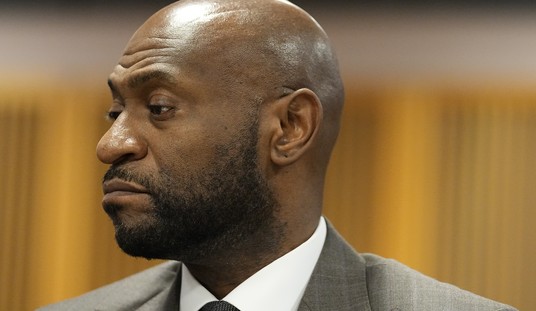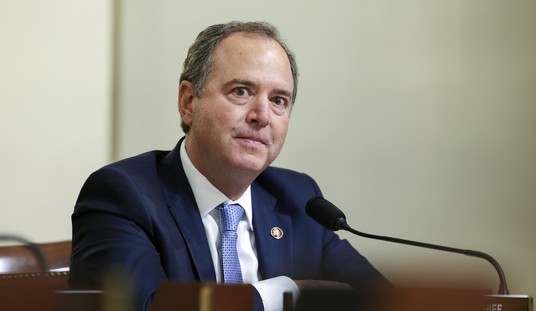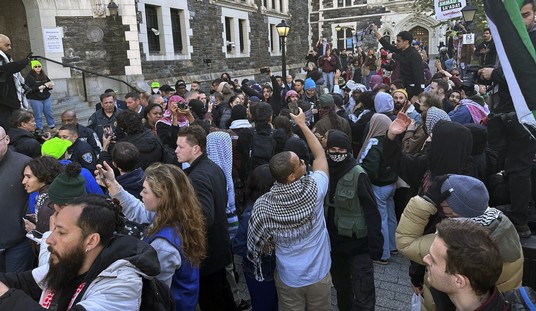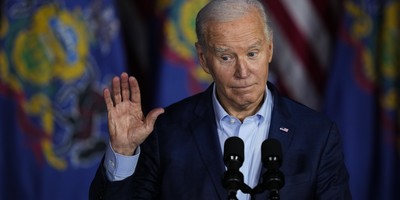A report yesterday from Government Executive detailed how the Obama Administration's predictions of doom and gloom from sequestration has backfired. The predictions of furloughs for government workers, nearly across the board, were exaggerated.
The most significant example of furlough reductions has been the Defense Department. The Pentagon originally planned to furlough all 750,000 of its civilian employees for 22 days. It then used reprogramming to trim that number to 11 days, and more recently -- through a series of cost-cutting measures and inter-service transfer of funds -- reduced the days of unpaid leave to six. The furloughs are now estimated to affect about 650,000 Defense civilians.
The most significant example of furlough reductions has been the Defense Department. The Pentagon originally planned to furlough all 750,000 of its civilian employees for 22 days. It then used reprogramming to trim that number to 11 days, and more recently -- through a series of cost-cutting measures and inter-service transfer of funds -- reduced the days of unpaid leave to six. The furloughs are now estimated to affect about 650,000 Defense civilians.
The most significant example of furlough reductions has been the Defense Department. The Pentagon originally planned to furlough all 750,000 of its civilian employees for 22 days. It then used reprogramming to trim that number to 11 days, and more recently -- through a series of cost-cutting measures and inter-service transfer of funds -- reduced the days of unpaid leave to six. The furloughs are now estimated to affect about 650,000 Defense civilians.
The Labor Department sent out furloughs notices --with varying lengths of unpaid leave -- to 4,700 employees. The agency called the situation “fluid” and hoped to cancel furloughs, and Government Executive has confirmed several of Labor’s sub-agencies have reduced required furlough hours.
Recommended
This is a little more comprehensive of a look at furlough reductions than I wrote about last month - when the Department of Defense announced furlough cuts to "six to eight" days. And it's another prediction to be put on the pile of wrong sequestration predictions.
It's important to note that this means that sequestration is not having no effect. There are tangible effects of sequestration in the short term, and in the short-term it's likely causing a small drag on the economy.
Sequestration's full effect may not be being felt yet, either. Executive agencies and government contractors may be cutting back on some of their activity, but reports have surfaced that many still expect sequestration to be repealed between now and next year, which might make the drop-off more severe in the future. For now, though, sequestration hasn't turned out to be so bad.
But that wasn't ever the point of sequestration. Sequestration was a crude yet effective way of addressing America's medium-term deficit problem, and to that end, will put the U.S. on a stronger growth track in the long-term. The Congressional Budget Office has estimated time and again that deficit reduction like what's achieved in sequestration will lower economic activity in the short term while raising it in the long term. There may be better ways of achieving these goals, but it's indisputable tha sequestration is good for the economy in the long term.
Watch the Washington Post's Jim Tankersley discuss the good and bad of sequestration, and the political prospects for replacing it, here:
























Join the conversation as a VIP Member